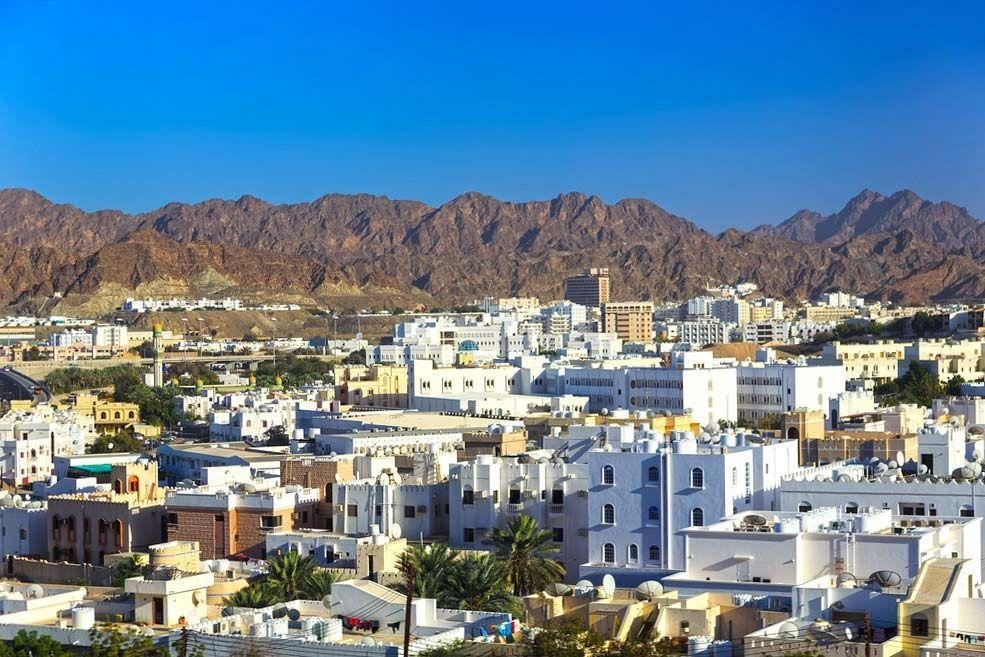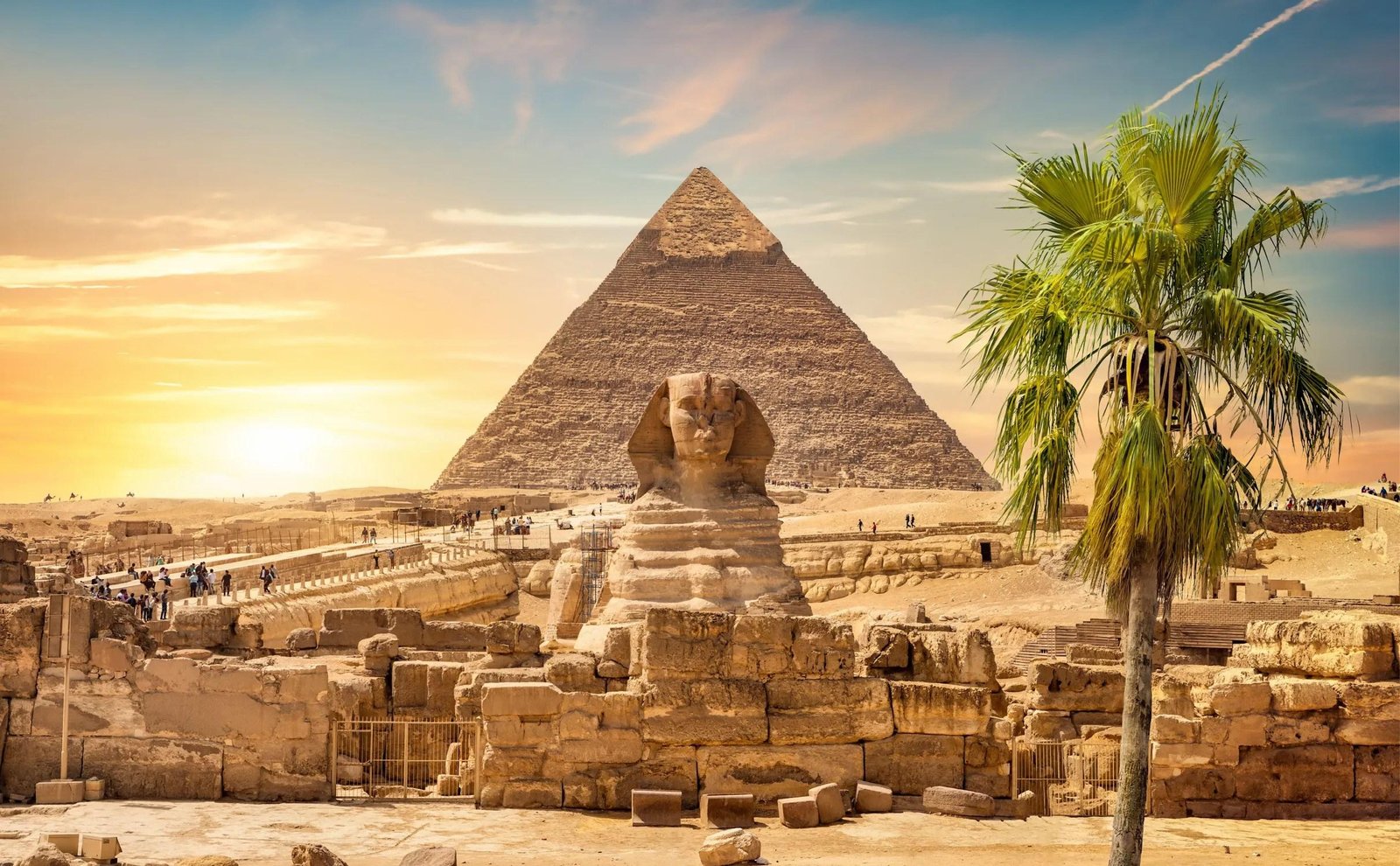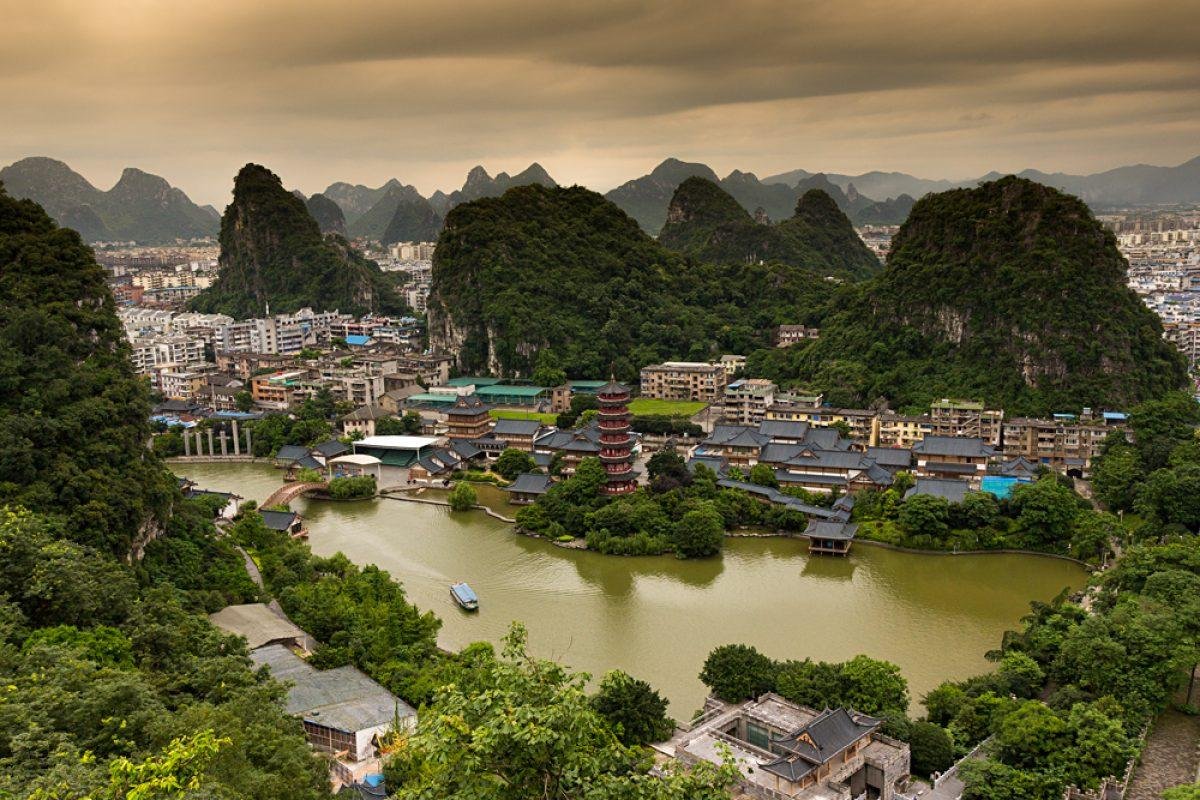Muscat, the capital city of Oman, is a captivating blend of traditional Arabian architecture and modern design, reflecti...
Seville's Architectural Splendor: A Tapestry of Time and Tradition

Seville, the capital of Andalusia, is a city where the past and present coexist in harmonious splendor. The city's architecture tells a story of Roman, Moorish, Gothic, Renaissance, and Baroque influences, each era leaving an indelible mark on its urban landscape. From majestic cathedrals to charming courtyards, Seville's architectural treasures offer a captivating journey through time.
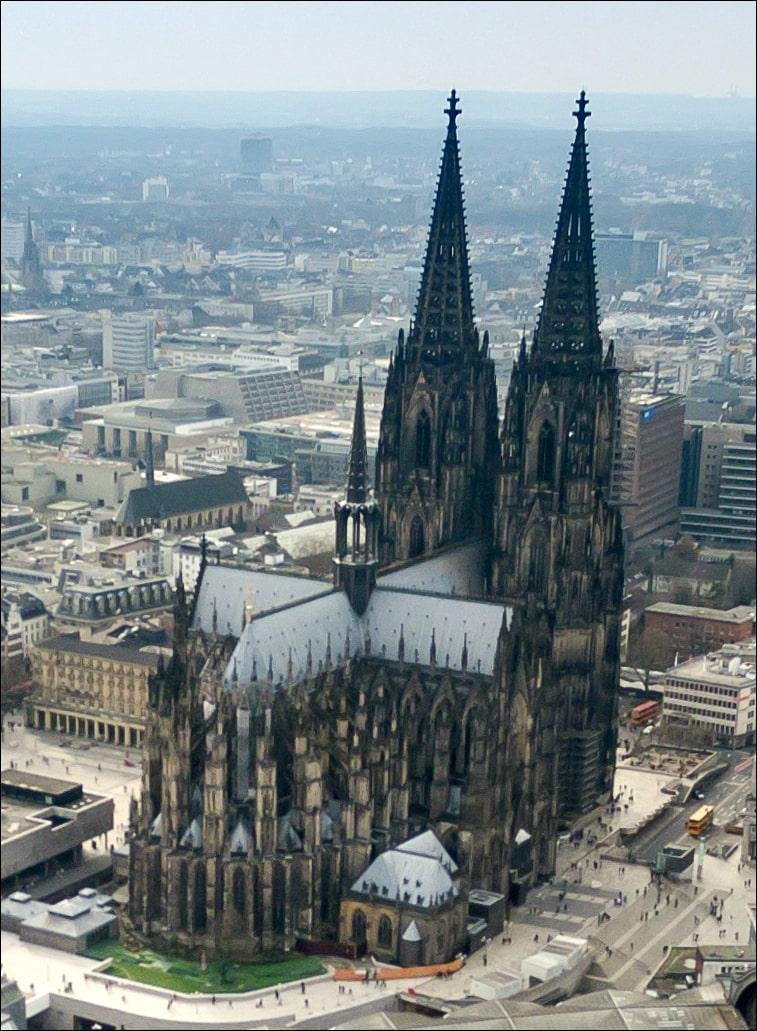
At the heart of Seville stands the magnificent Seville Cathedral, the largest Gothic cathedral in the world and a UNESCO World Heritage site. Built on the site of a former mosque, its immense interior, intricate altarpiece, and the tomb of Christopher Columbus are awe-inspiring. The iconic Giralda Tower, originally a minaret, offers panoramic views of the city and exemplifies the blending of Moorish and Christian architectural styles.
Adjacent to the cathedral is the Real Alcázar, a royal palace that showcases the splendor of Mudéjar architecture. Its stunning courtyards, lush gardens, and intricately decorated rooms reflect a blend of Islamic and Christian styles. The Patio de las Doncellas, with its ornate arches and reflecting pool, is a highlight of this exquisite palace.
The Archivo de Indias, another UNESCO World Heritage site, houses invaluable documents related to the Spanish Empire's exploration and colonization of the Americas. This Renaissance building, with its grand façade and serene interior, is a testament to Seville's historical significance as a center of trade and exploration.
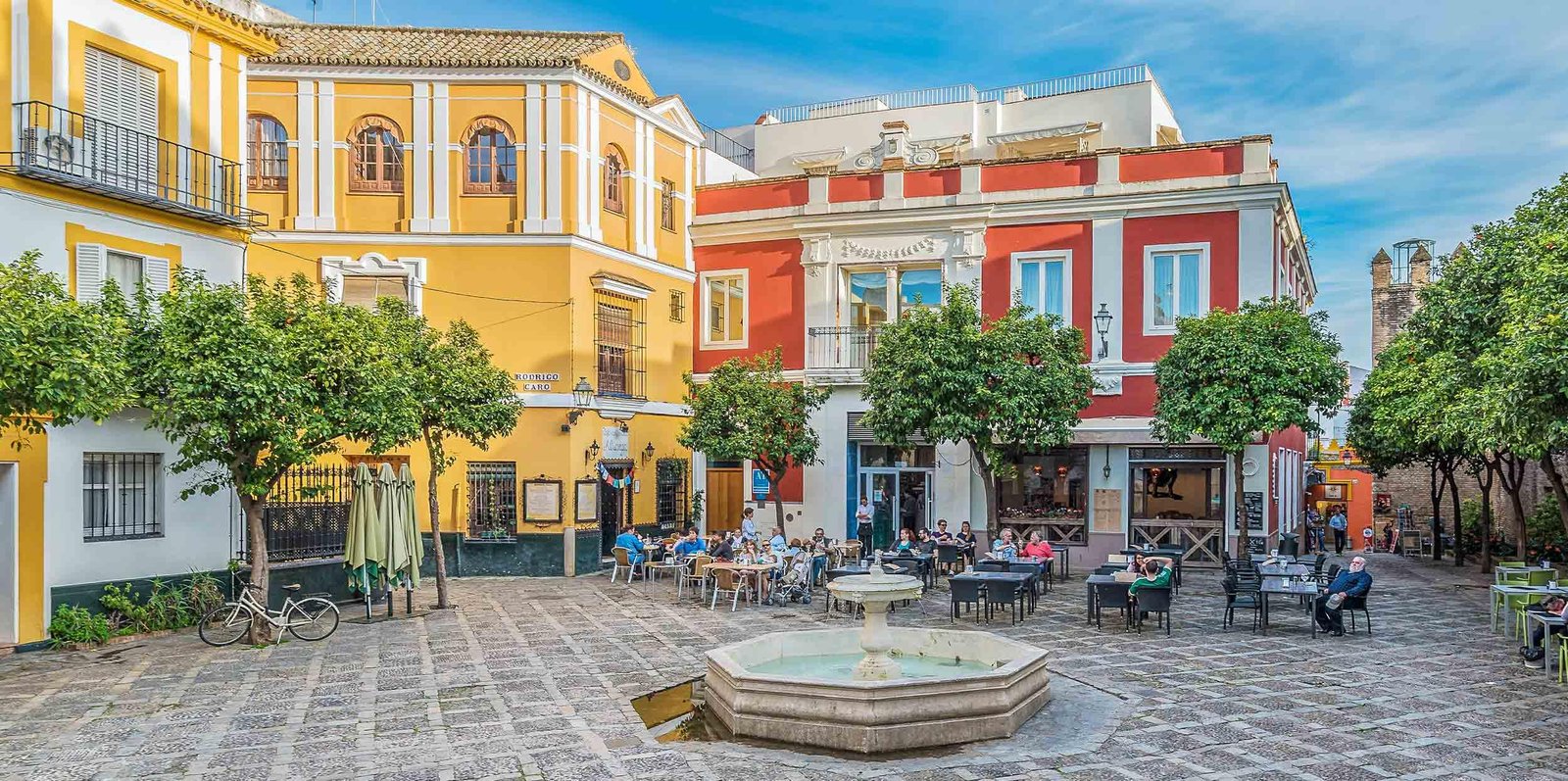
Seville's historic center is a maze of narrow streets, charming squares, and hidden courtyards. The Barrio Santa Cruz, the old Jewish quarter, is particularly enchanting with its whitewashed houses, vibrant flowers, and picturesque plazas. The Plaza de España, a grand semicircular plaza built for the Ibero-American Exposition of 1929, is a masterpiece of regionalist revival architecture. Its ornate bridges, colorful tiles, and majestic towers create a splendid backdrop for leisurely strolls and boat rides on the canal.

The Torre del Oro, a 13th-century watchtower on the banks of the Guadalquivir River, is another iconic landmark. Originally covered in golden tiles, it served as a defensive tower and later as a prison. Today, it houses a maritime museum and offers stunning views of the river and the city.
Seville's religious architecture extends beyond its cathedral. The Church of El Salvador, a former mosque turned Baroque church, boasts a stunning interior adorned with gilded altars and intricate carvings. The Basilica of La Macarena, home to the revered statue of the Virgin of La Macarena, is a pilgrimage site for devotees and a beautiful example of Andalusian Baroque architecture.
The city's commitment to artistic and cultural expression is evident in its theaters and performance spaces. The Teatro de la Maestranza, a modern opera house, hosts world-class performances in a sleek and contemporary setting. The Lope de Vega Theatre, with its elegant neoclassical façade, is a cultural landmark that has been entertaining audiences for over a century.
Seville's modern architecture is also noteworthy. The Metropol Parasol, known locally as Las Setas (the Mushrooms), is a striking wooden structure that dominates the Plaza de la Encarnación. Designed by Jürgen Mayer, it features undulating canopies that provide shade and house a market, archaeological museum, and observation deck, offering panoramic views of the city.
The city's green spaces are dotted with architectural gems. The María Luisa Park, a lush oasis in the heart of Seville, is home to pavilions, fountains, and sculptures from the 1929 Ibero-American Exposition. The park's Plaza de América, with its beautiful buildings and tranquil ambiance, is a favorite spot for both locals and visitors.
Seville's neighborhoods each have their own architectural charm. The Triana district, known for its flamenco heritage and ceramic workshops, features colorful houses and lively streets. The Alameda de Hércules, a revitalized area with a bohemian vibe, boasts innovative architecture and a vibrant nightlife scene. The Arenal district, with its bullring and historic buildings, reflects Seville's rich cultural traditions.
The city's commitment to preserving its architectural heritage is evident in its meticulous restoration efforts. The Hospital de los Venerables, a 17th-century baroque building, has been transformed into a cultural center and art gallery. The Casa de Pilatos, a stunning example of Andalusian architecture, combines Gothic, Mudéjar, and Renaissance elements and features beautiful patios and gardens.
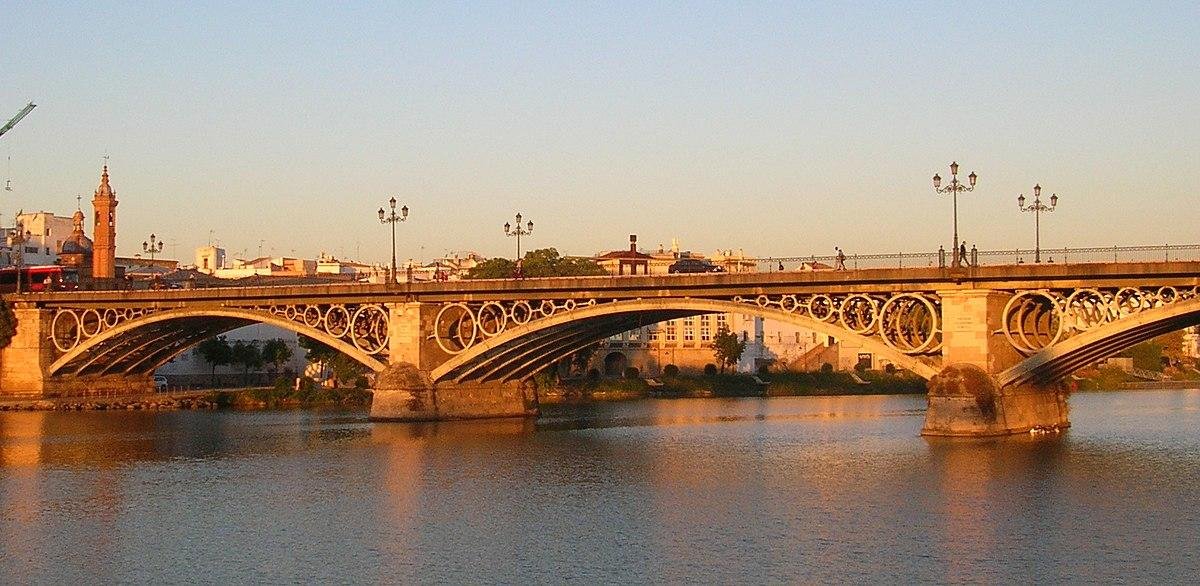
Seville's architectural narrative also includes its historic bridges. The Puente de Triana, or Isabel II Bridge, is a 19th-century iron bridge that connects the city center with the Triana district. Its elegant arches and decorative elements make it a beloved landmark. The Puente de San Telmo, another iconic bridge, offers picturesque views of the Guadalquivir River and the cityscape.
In recent years, Seville has embraced sustainable architecture. The Cartuja 93, a former monastery turned technology park, incorporates innovative design and green building practices. The Expo '92 site, now a hub for business and research, features modern pavilions and landscaped gardens that showcase the city's commitment to sustainability.
Seville's architectural journey is a reflection of its rich history, cultural diversity, and visionary outlook. It is a city where ancient traditions harmonize with contemporary innovation, creating a unique and captivating urban landscape. Whether exploring historic landmarks, marveling at modern masterpieces, or enjoying the city's green spaces, one cannot help but be enchanted by the architectural splendor of Seville.
Share:

